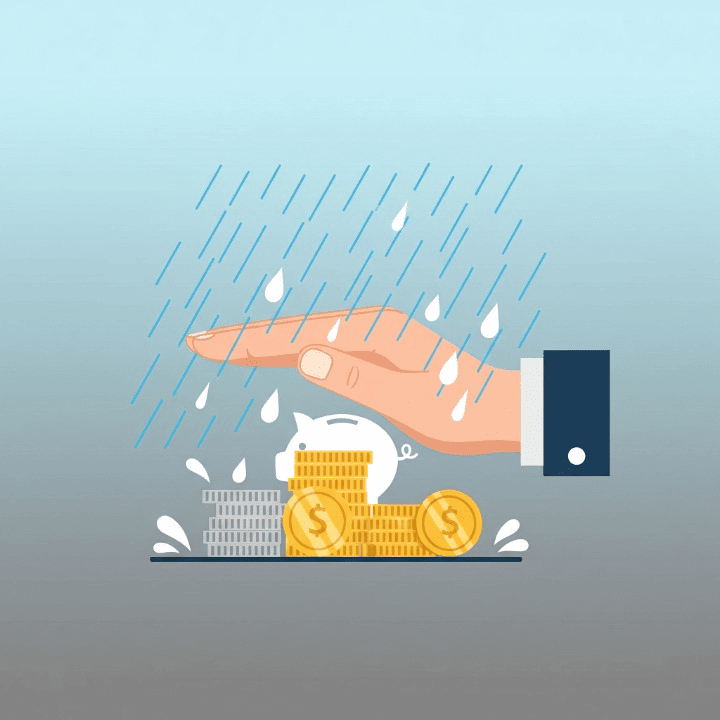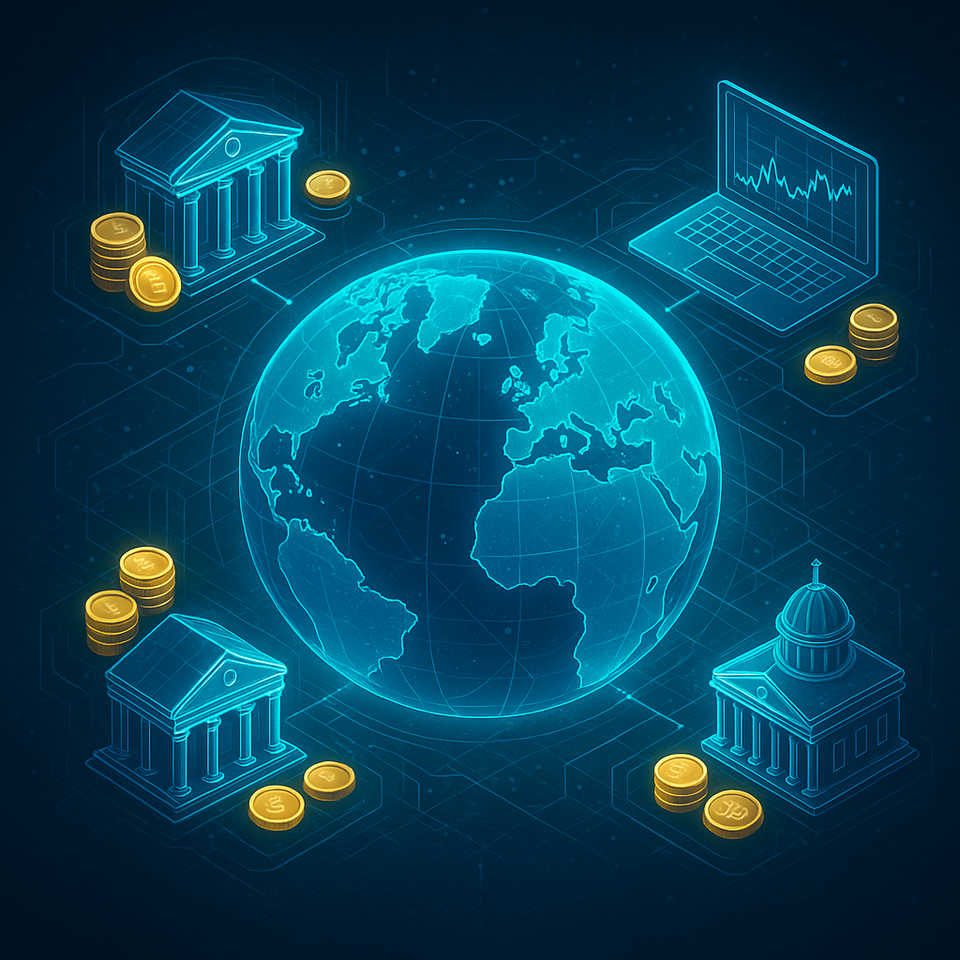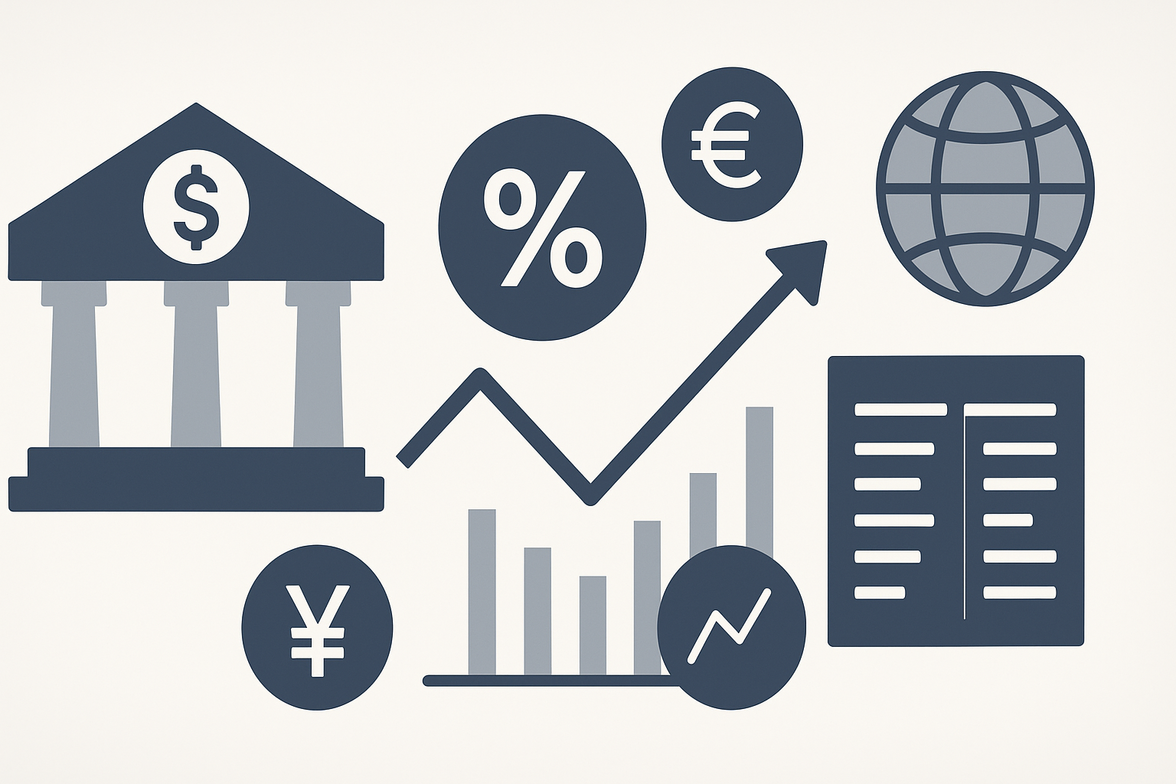
Introduction
Life is full of unexpected twists and turns. A sudden job loss, an unexpected car repair, or a medical emergency can throw your financial planning off track in an instant. Without a safety net, these events can force you into high-interest debt, jeopardizing years of hard work. This is where an emergency fund comes in. An emergency fund is a stash of money set aside specifically for life’s surprises. It’s a foundational element of sound personal finance, providing a crucial shield that protects you from financial distress and gives you a powerful sense of security. Despite its importance, many people don’t have one, or their fund is too small. This comprehensive guide will demystify the process of building an emergency fund, explaining how much you need, where to keep it, and the simple, actionable steps you can take today to get started on your journey to financial peace of mind.
What Exactly is an Emergency Fund?
An emergency fund is a pool of savings you keep in a safe, easily accessible account. Its sole purpose is to cover unexpected expenses, not to be used for things like vacations, shopping sprees, or other non-essential purchases. It’s a buffer between you and life’s financial curveballs. The money in your fund should be liquid, meaning you can access it quickly without penalty. It’s not a place for investing in stocks or other volatile assets; its purpose is to be there when you need it most, regardless of what the market is doing. Think of it as your personal financial airbag, ready to deploy in a crisis.
How Much Should You Save?
The standard rule of thumb is to save three to six months’ worth of essential living expenses. This provides a robust safety net for most people.
- Essential Expenses: This includes things you absolutely cannot live without. Think of your rent or mortgage, utilities, food, insurance, and minimum debt payments. Don’t include “wants” like dining out, streaming subscriptions, or hobbies.
- Calculating Your Goal: Add up your monthly essential expenses and multiply that number by three and then by six. This gives you a clear range to aim for. For example, if your essential monthly expenses are $3,000, your goal should be between $9,000 and $18,000.
When to Aim for the Higher End of the Range
While three to six months is a good baseline, some situations warrant a larger fund. You should aim for six months or more if:
- You have an unpredictable income (e.g., you are self-employed or work on commission).
- You are the sole provider for your family.
- You work in a volatile industry with a high risk of layoffs.
- You have a significant amount of debt.
- You have a chronic illness or health condition that could lead to unexpected medical bills.
The larger your fund, the more security you have.
Where Should You Keep Your Emergency Fund?
The location of your emergency fund is just as important as the amount you save. The money needs to be both safe and accessible.
1. High-Yield Savings Accounts (HYSAs)
This is the ideal place for your emergency fund.
- Safety: Your money is insured by the FDIC (up to $250,000), so it is very safe.
- Accessibility: You can easily withdraw the money whenever you need it.
- Higher Interest: High-yield savings accounts offer a much higher interest rate than a traditional bank account, allowing your money to grow slightly while it sits there.
2. Money Market Accounts
These are another good option. They are similar to high-yield savings accounts but often offer check-writing and debit card privileges. They are also FDIC-insured and typically offer a competitive interest rate.
What to Avoid
Do not put your emergency fund in:
- Stocks or Crypto: These assets are too volatile. Your fund could lose a significant portion of its value just when you need it most.
- CDs (Certificates of Deposit): CDs are great for savings goals with a fixed timeline, but they have penalties for early withdrawal, making them a poor choice for an emergency fund.
- Your Regular Checking Account: Keeping your emergency fund with your everyday spending money makes it easy to accidentally spend it.
Step-by-Step Guide to Building Your Emergency Fund
Building a substantial emergency fund can seem intimidating, but it’s a simple process if you break it down into manageable steps.
Step 1: Start Small
Don’t worry about hitting your final goal all at once. Start by saving a small, initial amount. A good first goal is to save $1,000. This “starter fund” will give you a sense of accomplishment and provide a buffer for smaller, immediate emergencies.
Step 2: Set Up Automated Transfers
The easiest way to save is to make it automatic. Set up a recurring transfer from your checking account to your high-yield savings account every payday. You won’t even have to think about it.
Step 3: Find Ways to Accelerate Your Savings
Look for opportunities to boost your savings rate.
- Trim Your Budget: Look for areas to cut back on discretionary spending. Can you reduce your dining out expenses or cancel unused subscriptions?
- Use Windfalls: Put any unexpected money, like a bonus, a tax refund, or a gift, directly into your emergency fund.
- Side Hustle: Consider a side job to earn extra money that you can use to build your fund faster.
Step 4: Protect Your Fund
Once your fund is built, don’t touch it unless there is a genuine emergency. An emergency is something that is unexpected, necessary, and urgent. A great sale on a new TV or a weekend getaway is not an emergency. If you do have to use a portion of your fund, make it a top priority to replenish it as soon as you can.
Conclusion
An emergency fund is not a luxury; it is a necessity. It is the first and most critical step on your journey to financial freedom. By understanding how much you need to save and where to keep it, you can create a clear and actionable plan. The process of building your fund will not only provide you with a safety net but will also instill valuable habits of discipline and smart financial planning. Don’t wait for a crisis to realize you need one. Start building your emergency fund today. The peace of mind that comes from knowing you are prepared for the unexpected is an invaluable reward.



